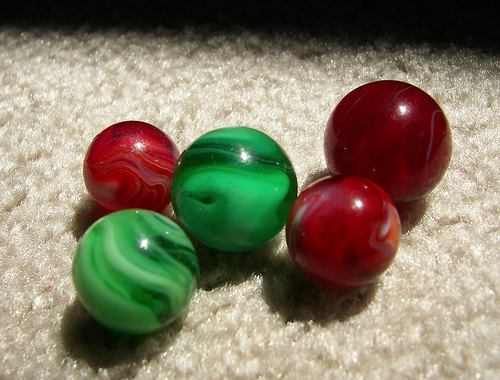
THE ONLY SAFE WAY.
THE pilot of a United States revenue cutter was asked if he knew all the rocks along the coast where he sailed.
He replied, "No; it is only necessary to know where there are no rocks."
Would that all our young men and boys were as wise as this pilot. He did not attempt to know about all the rocks, and to see how near he could steer to them and not wreck his craft. He might have said, "Oh, I'm tired of going this monotonous round day by day and year by year. I believe I'll try a new track. Some say this is the only safe way, but I'm going to see for myself." That is what the boy says, when he wants to break away from parental restraint, or when tempted to drink the first glass or smoke the first cigar or cigarette.
Total abstinence from all alcoholic liquors and tobacco is the only safe way.
—Selected.
VALUE OF GOOD HABITS.
ON the 15th of February, about five o'clock, Horace B. Claflin, a prominent New York merchant, was sitting alone in his private office, when a young man, pale and careworn, timidly knocked and entered.
"Mr. Claflin," said he, "I am in need of help.
I have been unable to meet certain payments, because certain parties have not done as they agreed by me, and I would like to have $10,000. I come to you because you were a friend to my father, and might be a friend to me."
"Come in," said Claflin;" come in and have a glass of wine."
"No;" said the young man, "I don't drink."
"Have a cigar then?"
"No, I never smoke."
"Well," said the merchant, "I would like to accommodate you, but I don't think I can."
"Very well," said the young man, as he was about to leave the room, "I thought perhaps you might. Good day, sir."
"Hold on," said Mr. Claflin; "you don't drink?"
"No." "Nor smoke?" "No."
"Nor gamble, nor anything of the kind?"
"No, sir; I am superintendent of the Sabbath-school."
"Well," said Claflin, with tears in his eyes, "you shall have it; and three times the amount if you wish. Your father let me have $5,000 once, and asked me the same questions. He trusted me, and I will trust you. No thanks. I owe you for your father's trust."
American Christian Review.
ONE cannot get away from a book that has once been read. The companionship of thought is terribly close. One's friends one may evade, one's enemies one may avoid, but the written words, the unspoken thoughts that we have once admitted to the shrine of our minds, are there forever.
HOW MARBLES ARE MADE.
MARBLES were used as playthings by the boys of Rome two thousand years ago. Some marbles are made of potters' clay, and baked in an oven just like earthenware is baked, but most of them are made of a hard kind of stone found in Saxony, Germany. Marbles are manufactured in great quantities, and sent to all parts of the world, and even to China, for the use of Chinese children.
The stone is broken up with a hammer into little square pieces, which are then ground round in a mill. The mill has a fixed slab of stone, with its surface full of grooves or furrows. Above this a fiat block of oak wood, of the same size as the stone, is made to turn rapidly around, and while turning, little streams of water run in the grooves and keep the mill from getting too hot. About one hundred of the square pieces of stone are put into the grooves at once, and in a few minutes are made round and polished by the wooden block. China and white marble are also used to make the round rollers, which have delighted the hearts of the boys of all nations for hundreds of years. Marbles thus made are known to the boys as “chinas " or "alleys." Real chinas are made of porcelain clay, and baked like chinaware or other pottery. Some of them have a pearly glaze, and some of them are painted in various colors that will not rub off; because they are baked in, just as the pictures on plates and other tableware.
Glass marbles are known as "agates." They are made of both clear and colored glass. The former are made by taking up a little melted glass upon the end of an iron rod, and making it round by dropping it into an iron mold, which shapes it, or by whirling it around the head until the glass is made into a little ball. Sometimes the figure of a dog or a squirrel or a kitten, or some other object, is placed on the end of the rod, and when it is dipped in the melted glass the glass flows all around it, and when the marble is done, the animal can be seen shut up in it. Colored glass marbles are made by holding a bunch of glass rods in the fire until they melt, then the workman twists them round into a ball or presses them into a mold, so that when done, the marble is marked with bands or ribbons of color. Real agates, which are the nicest of all marbles, are made in Germany, out of the stone called agate. The workmen chip the pieces of agate nearly round with hammers, and then grind them round and smooth on grindstones.
—Selected.